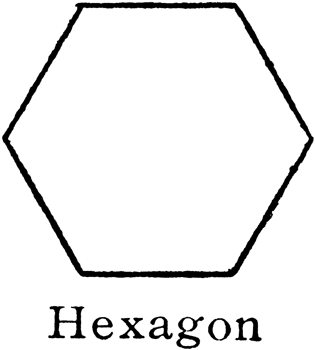


Then, a man named Thomas Hales proved an ancient mathematical concept (dated back to as early as 36 BC!) on the structure of the hexagon, known as the Honeycomb Conjecture. The original pattern of the Hubble Telescope was circular - a design that was created prior to the years of intensive research into the hexagonal pattern (the Hubble mirror assembly was completed in 1981). One of the more famous modern use of the hexagonal patterns is the James Webb Space Telescope, designed and produced to replace the famous-but-aging Hubble Space Telescope. The Hexagonal Basalt columns of the Giant's Causeway.It's likely the rationale for the fracturing of massive basalt flows from lava into hexagonal patterns is due to the inherent stability of the shape itself, though other shapes also exist in the Causeway, but far less common than the hexagonal patterning.Īs more information was discovered about the unique properties of the hexagonal shape, humanity wasted no time in putting it to use. Running on the basis of mathematical superiority, this also flows into the realm of mechanical engineering - there's a ton of real-world objects with naturally recurring hexagonal shapes.įor example, the common snowflake patterns, bee honeycombs and more interestingly, the Giant's Causeway in Northern Ireland. With this structure, the pull of surface tension in each direction is most mechanically stable, which explains how bee honeycombs are hexagonal - bees make their honey combs with circular units, but thanks to this surface tension, the end result when the wax hardens into place is hexagonal. Hexagonal packing also minimises the perimeter for a given area because of its 120-degree angles. Mathematically, the hexagon has 6 sides - what makes this particular shape so interesting is that the hexagonal shape best fills a plane with equal size units and leaves no wasted space. Mathematically and mechanically superior What's more interesting however, are its inherent properties and what makes it so unique and common in nature.

But there's far more beneath the surface, overlapping various fields and disciplines. At its core, we all know what a hexagon is - a polygon that has 6 sides.


 0 kommentar(er)
0 kommentar(er)
